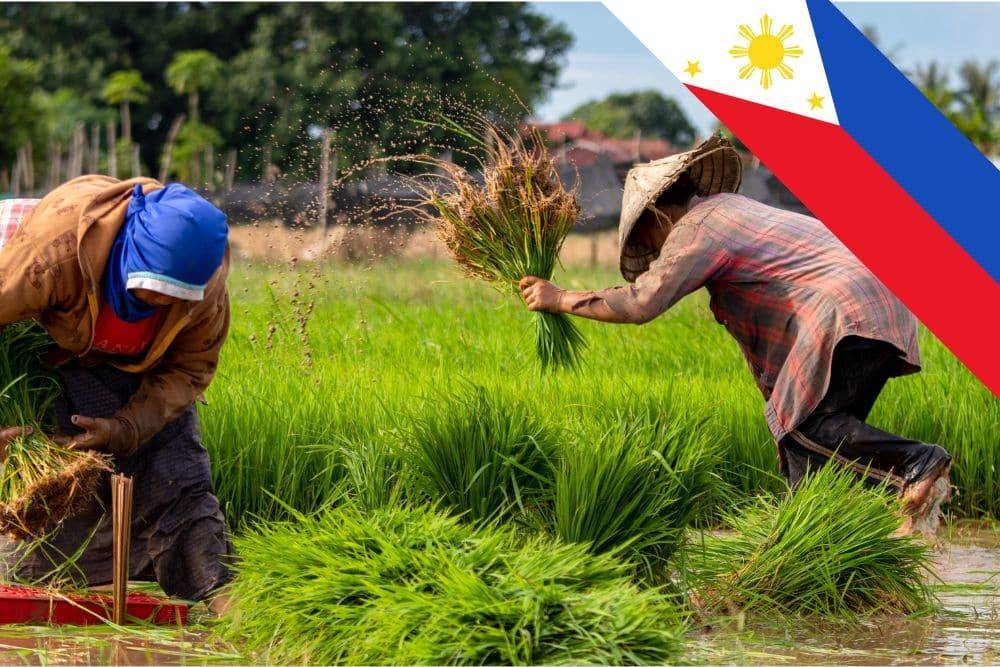The sweltering heat of the sun, heightened by the ongoing effects of climate change, poses significant health risks, as warned by the US Centers for Disease Control and Prevention (CDC).
For outdoor workers in the Philippines, enduring the searing heat is not merely a discomfort. They must confront this harsh reality daily to provide for their families.
The Danger of Extreme Heat
The threat posed by extreme heat cannot be overstated, as highlighted by the Philippine Atmospheric, Geophysical and Astronomical Services Administration (PAGASA). When the heat index reaches 42°C to 51°C, it sets the stage for potential health crises. This makes individuals face risks such as heat cramps and exhaustion. However, the situation becomes significantly more dire when the mercury rises beyond 52°C. At this point, the probability of experiencing a heat stroke becomes all too real, marking an escalation to an exceedingly hazardous level of exposure. These alarming conditions create a formidable barrier for outdoor workers, whose daily routines involve navigating difficult environments to sustain their livelihoods.
Sacrifices for Family
Despite the inhospitable environment, individuals like Delmar Paggao, a 33-year-old construction worker, are compelled to brave the blistering sun to support their families. Paggao’s sentiments echo those of countless others who endure challenging circumstances out of necessity. They are driven by the responsibility to provide for their loved ones. “If I do not brave the heat, my family will certainly suffer,” Paggao acknowledges.
Vulnerability of Outdoor Workers
Outdoor workers, as highlighted by the US CDC, are among the most vulnerable to extreme temperatures. Other vulnerable populations include low-income households, athletes, individuals with chronic medical conditions, infants, children, and the elderly. Vicente Lopez Jr., a 38-year-old lineman, shares insights into the challenges he faces in his line of work, where the scorching heat compounds the complexities of maintaining power lines, heightening the risks and demands of his profession.
Deadly Consequences of Heat
The Department of Health (DOH) underscores the dire consequences of heat-related illnesses. These heat-related illnesses can range from exhaustion and dehydration to more severe conditions like heat stroke, heart attack, and kidney failure. Heat stroke is characterised by a body temperature exceeding 40°C. It can result in vital organ damage and potentially fatal outcomes if left untreated. Additionally, high temperatures place significant strain on the cardiovascular system, increasing the risk of heart attacks. Prolonged exposure to heat and dehydration can also lead to kidney failure, further exacerbating health risks for outdoor workers.
Preventive Measures
Preventing heat-related illnesses requires proactive measures and heightened awareness. The DOH recommends staying hydrated, avoiding alcoholic and caffeinated beverages, and limiting outdoor activities during peak heat hours. Wearing loose-fitting, lightweight clothing can help alleviate this stress. Additionally, it is imperative to recognise the signs of heat stroke. They include signs of confusion, altered mental status, and high body temperature. Early detection is crucial for prompt intervention.
A Call for Awareness and Action
As Health Secretary Teodoro Herbosa asserts, these illnesses are preventable with concerted efforts and collective action. It is imperative to raise awareness, implement preventive measures, and support vulnerable populations. Awareness of these dangers should be much more emphasised particularly to outdoor workers who bear the brunt of extreme heat. By prioritising the health and safety of all individuals, irrespective of their occupation or socioeconomic status, we can strive towards creating a safer and healthier environment amidst the challenges posed by rising temperatures. Through collaborative efforts and sustained action, we can mitigate the impact of extreme heat and ensure the well-being of our communities for generations to come.

